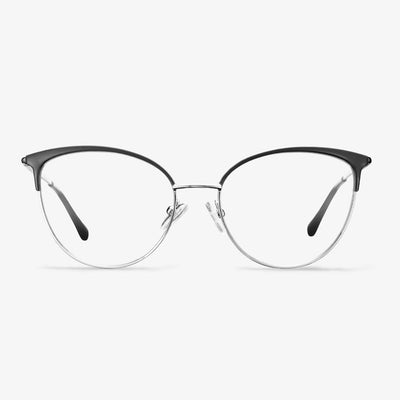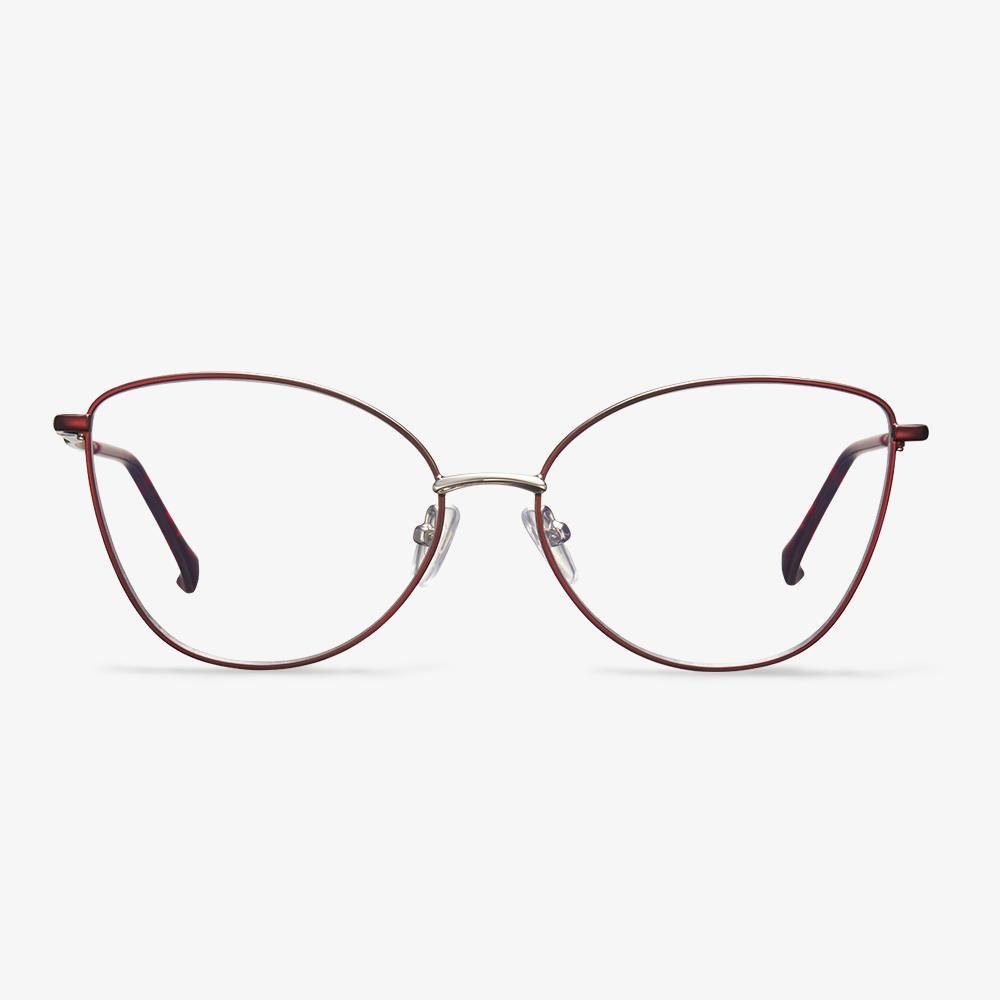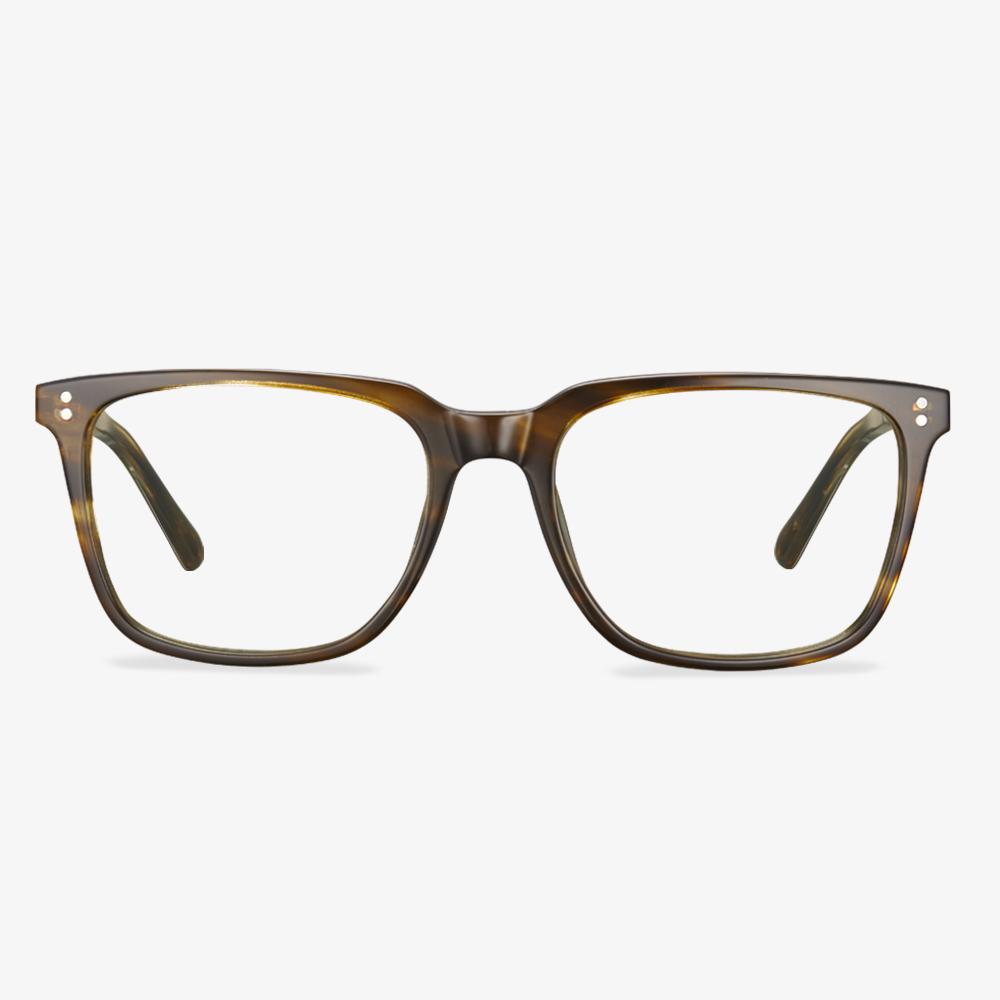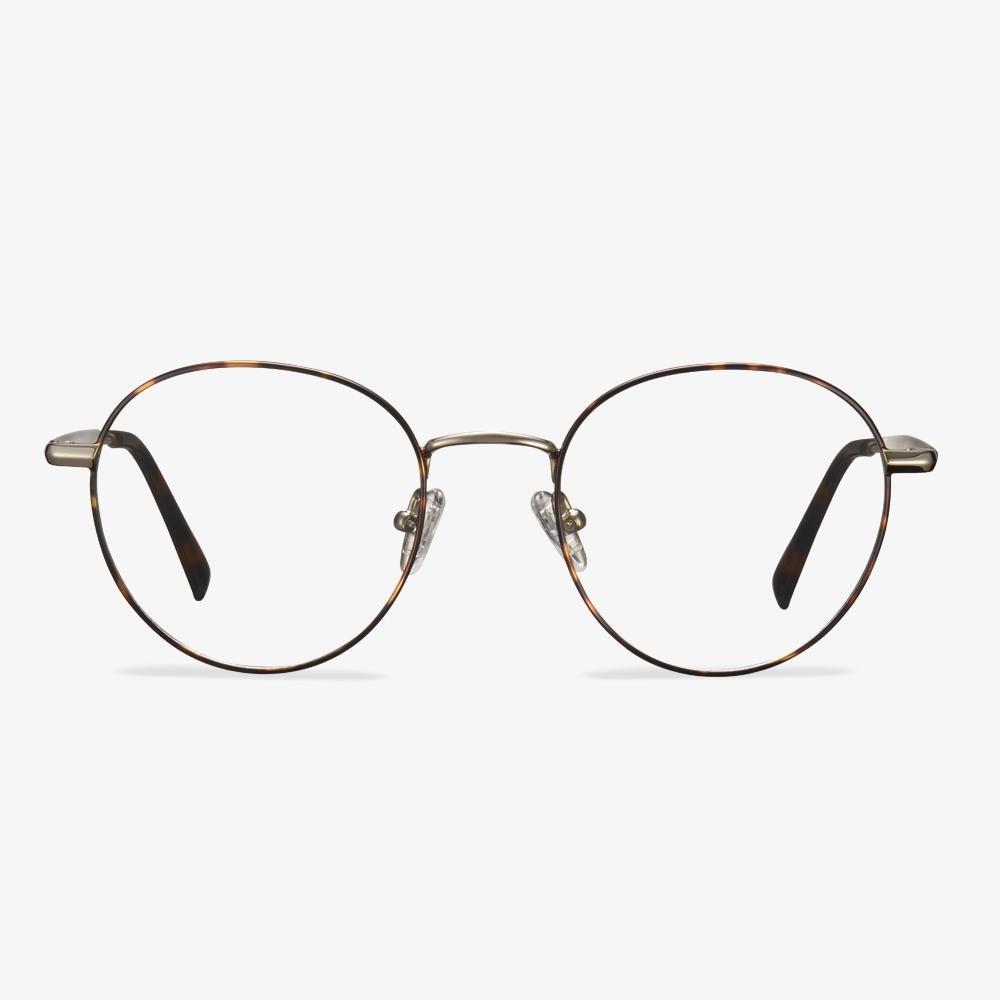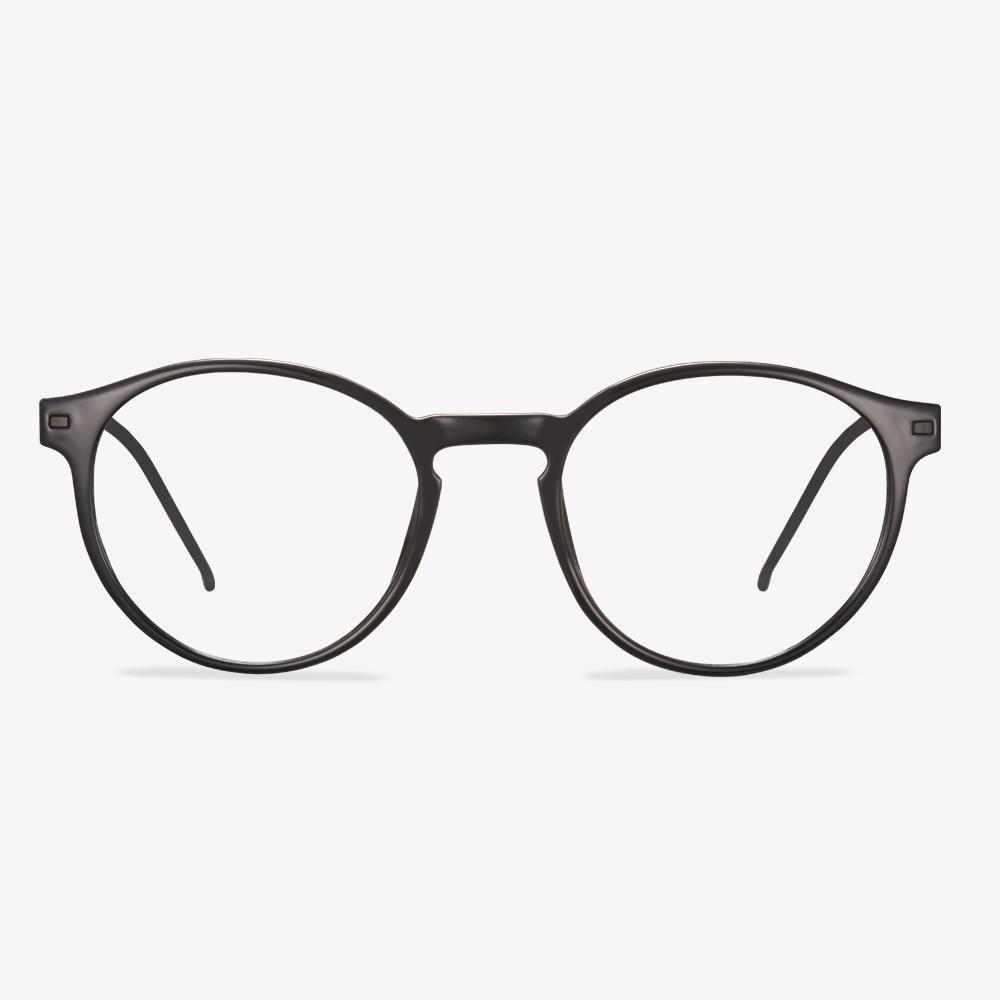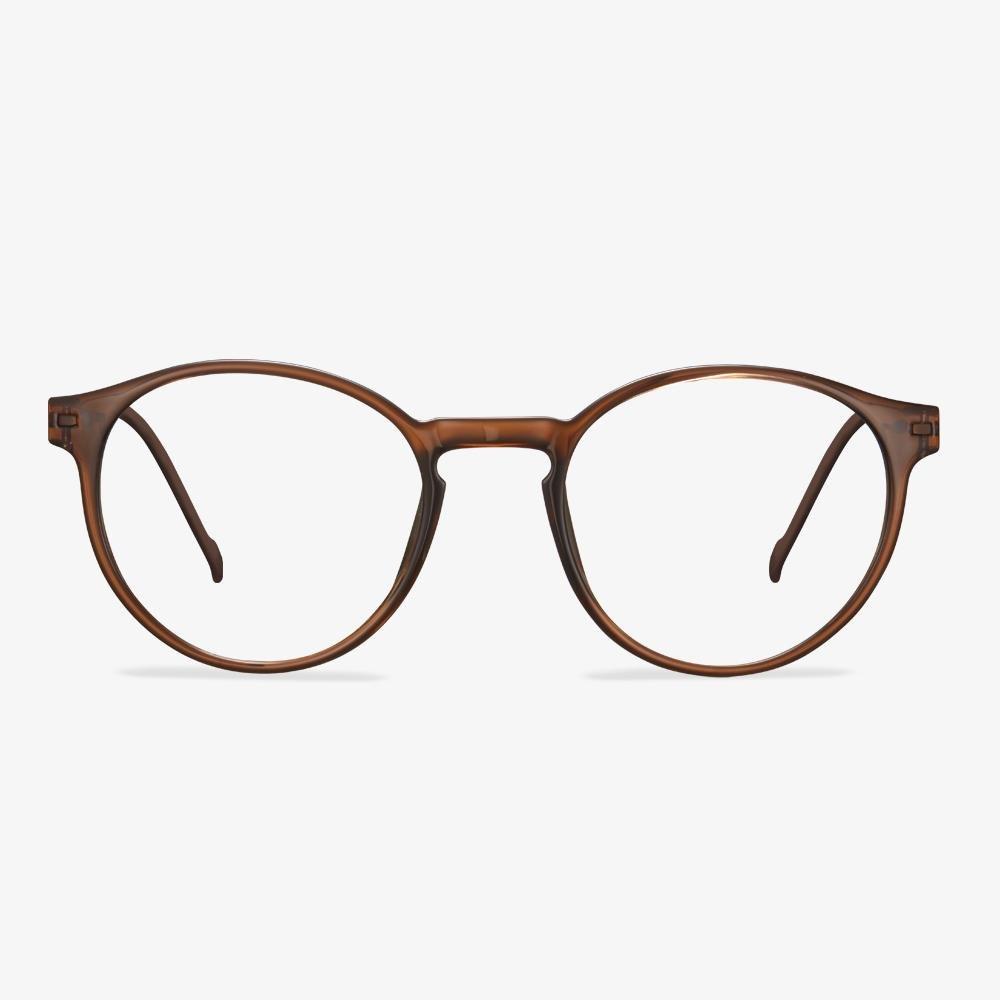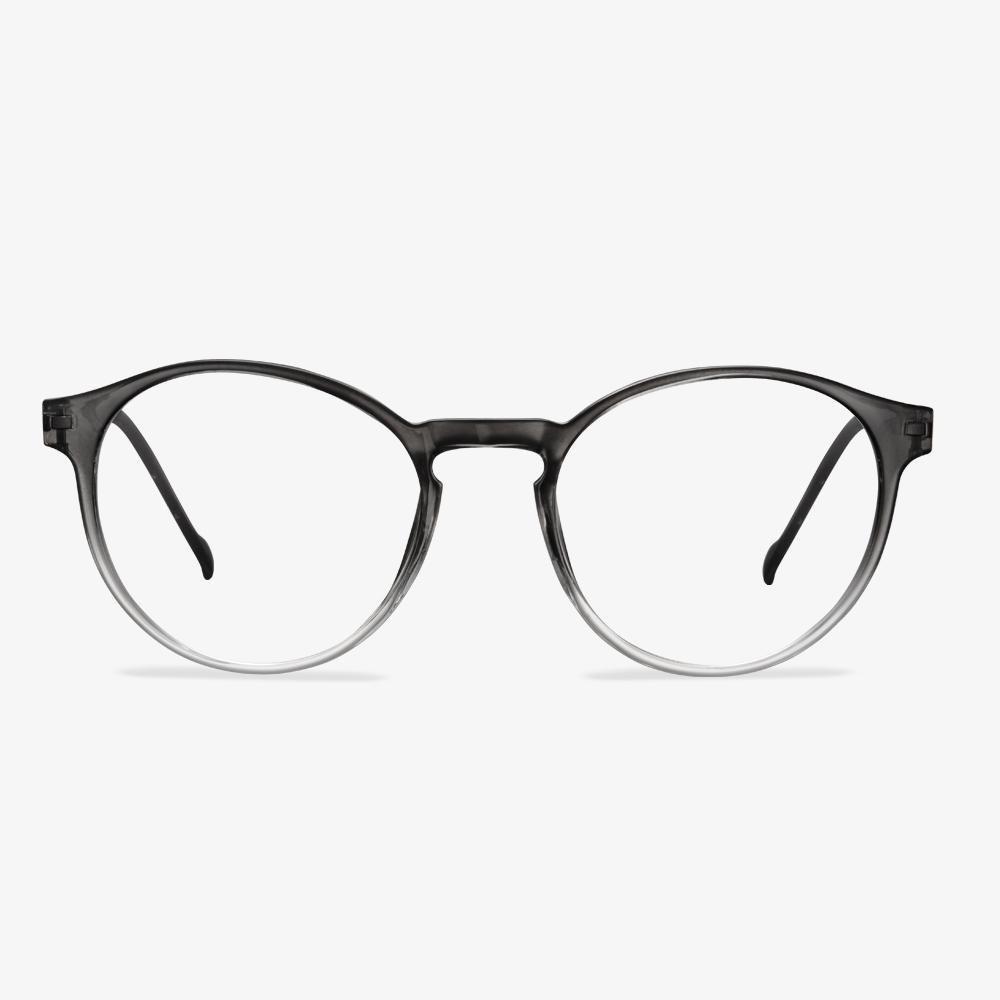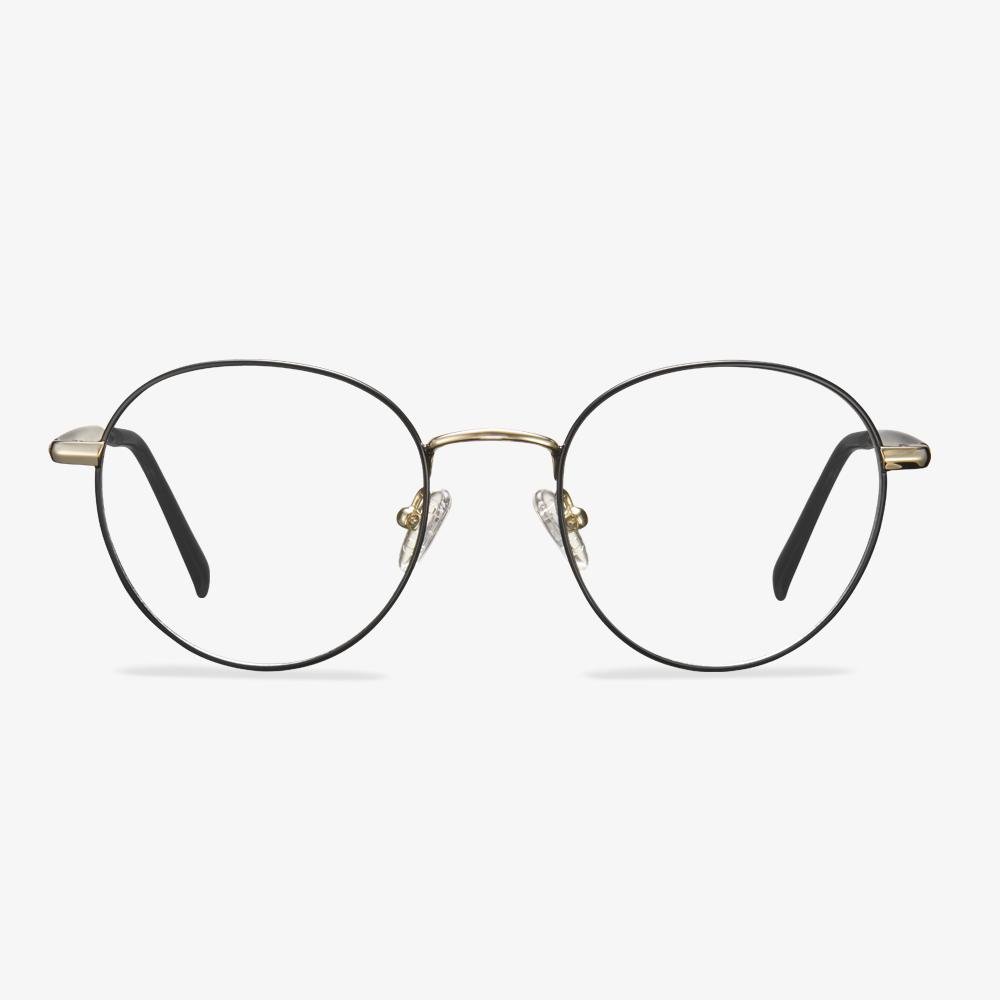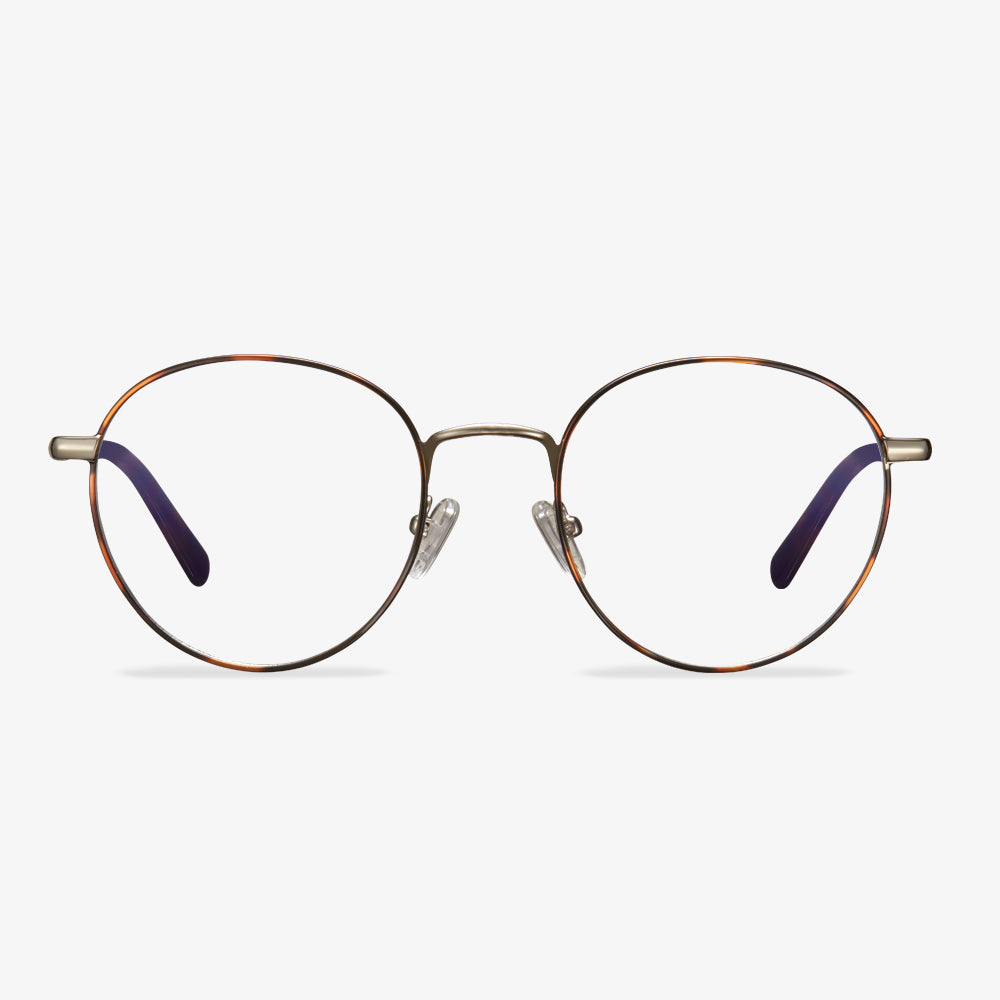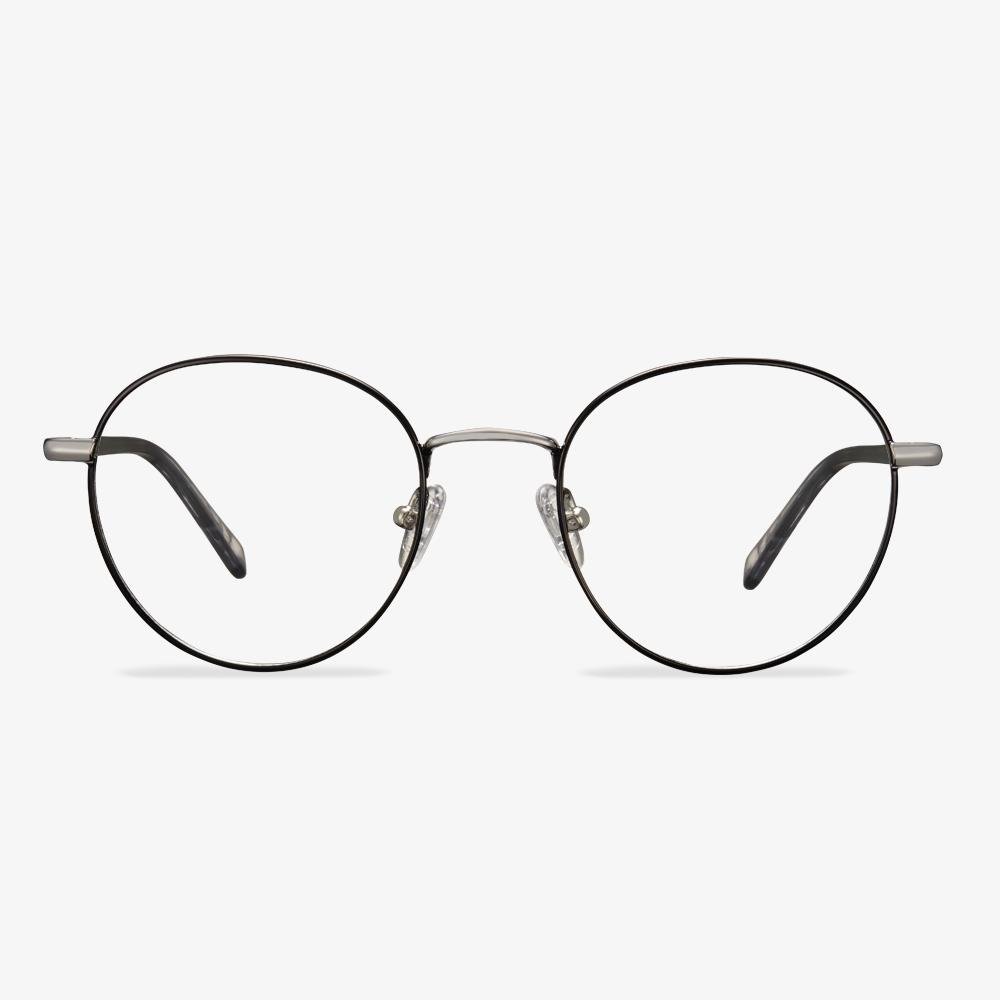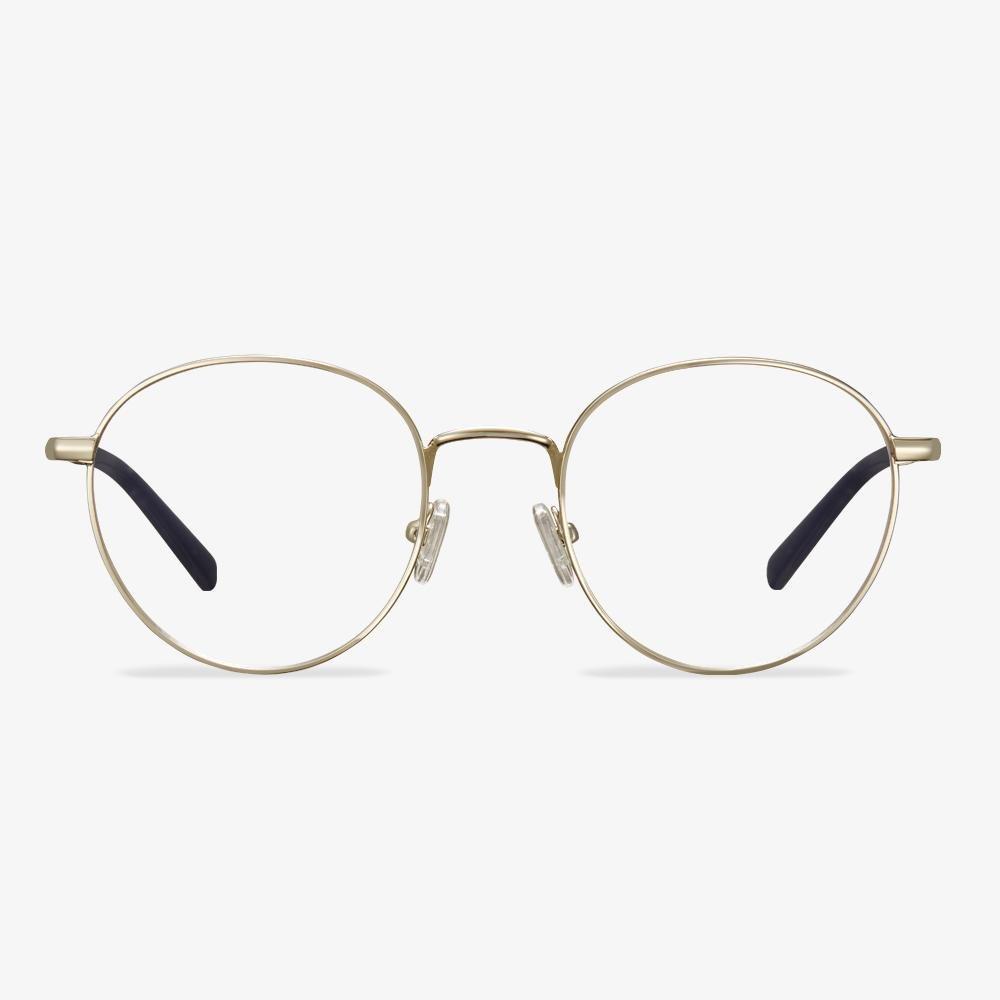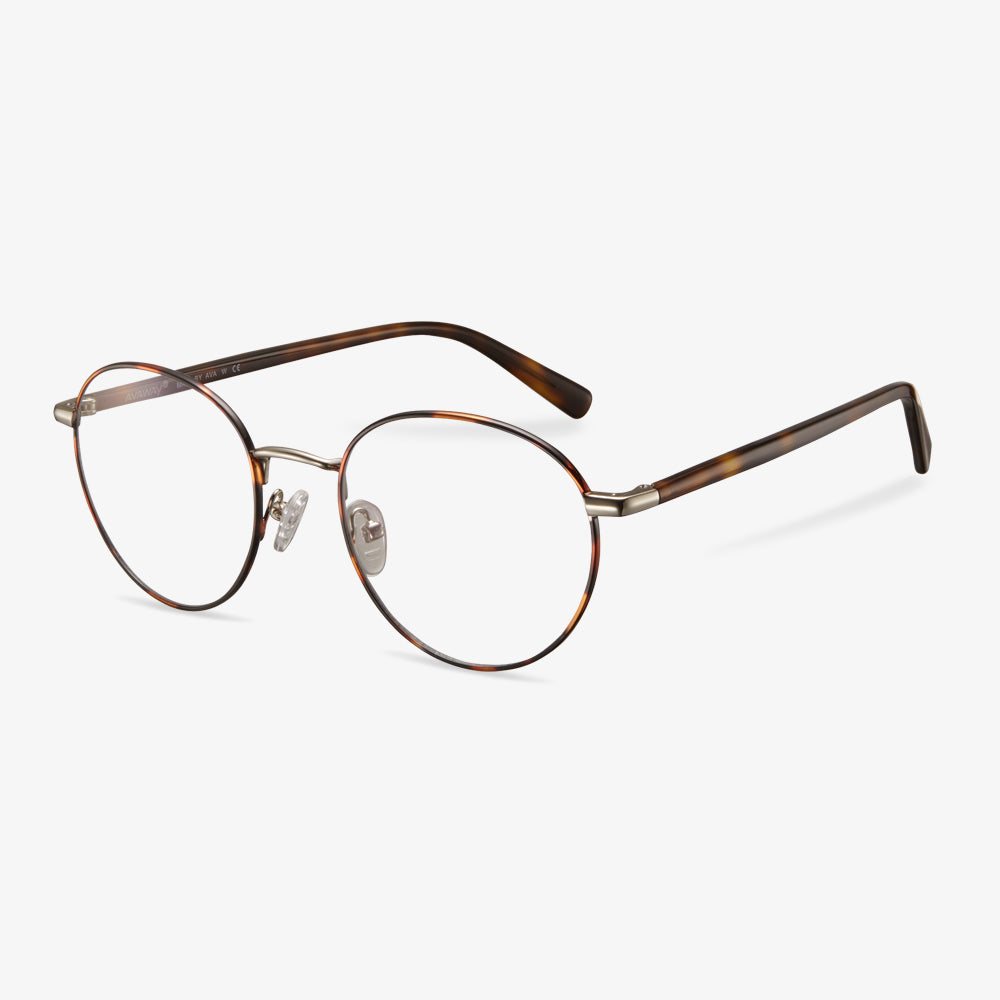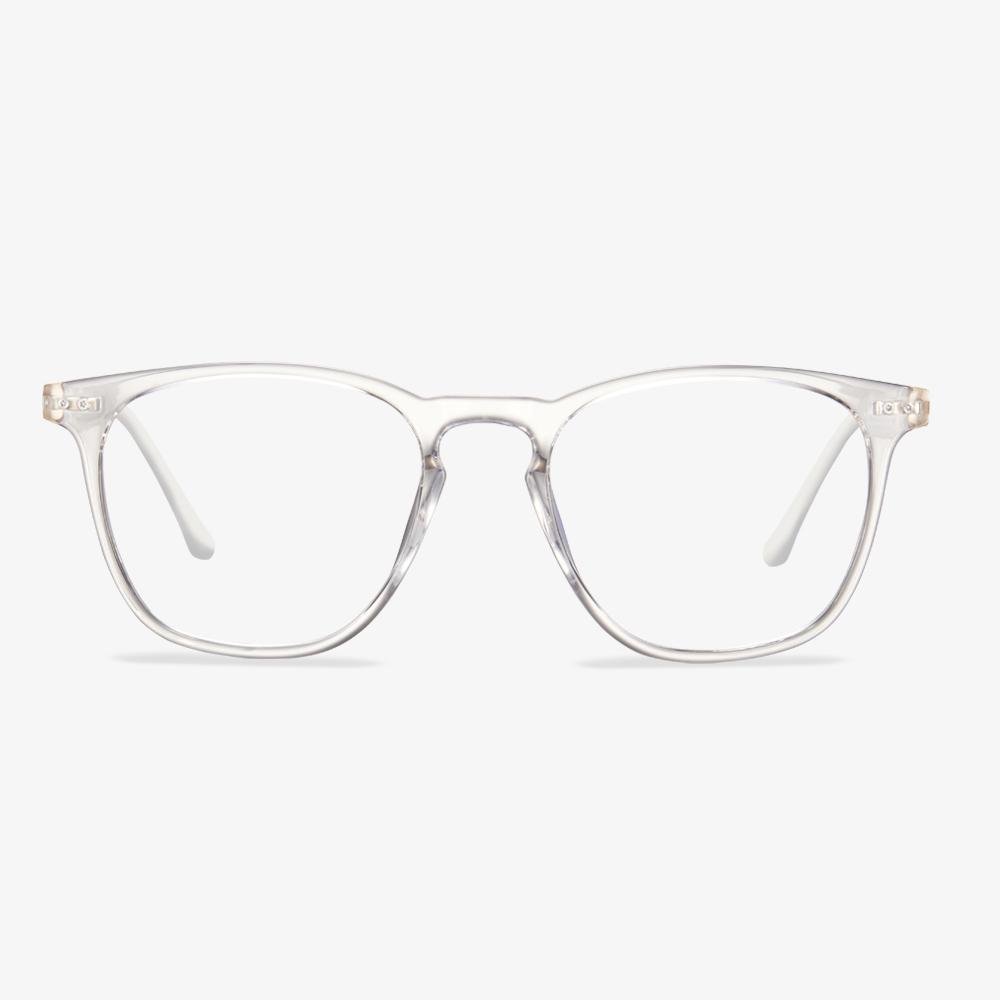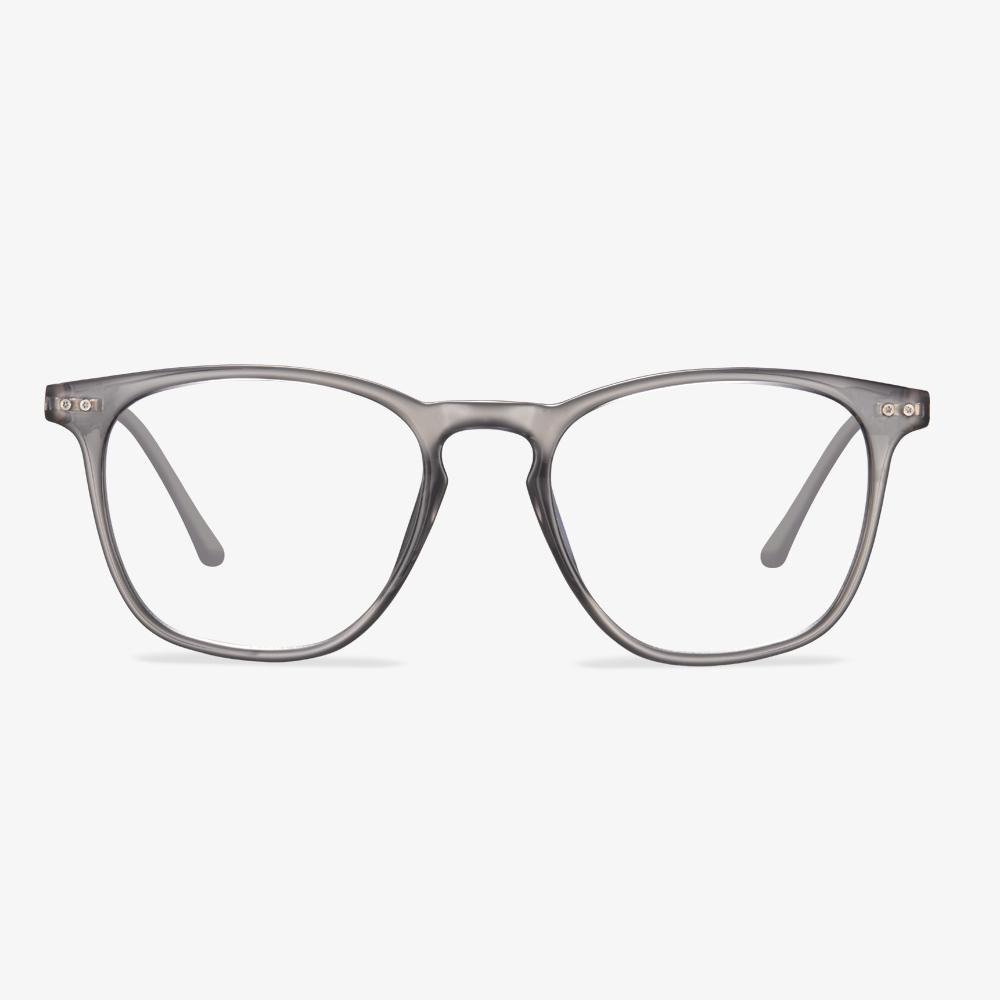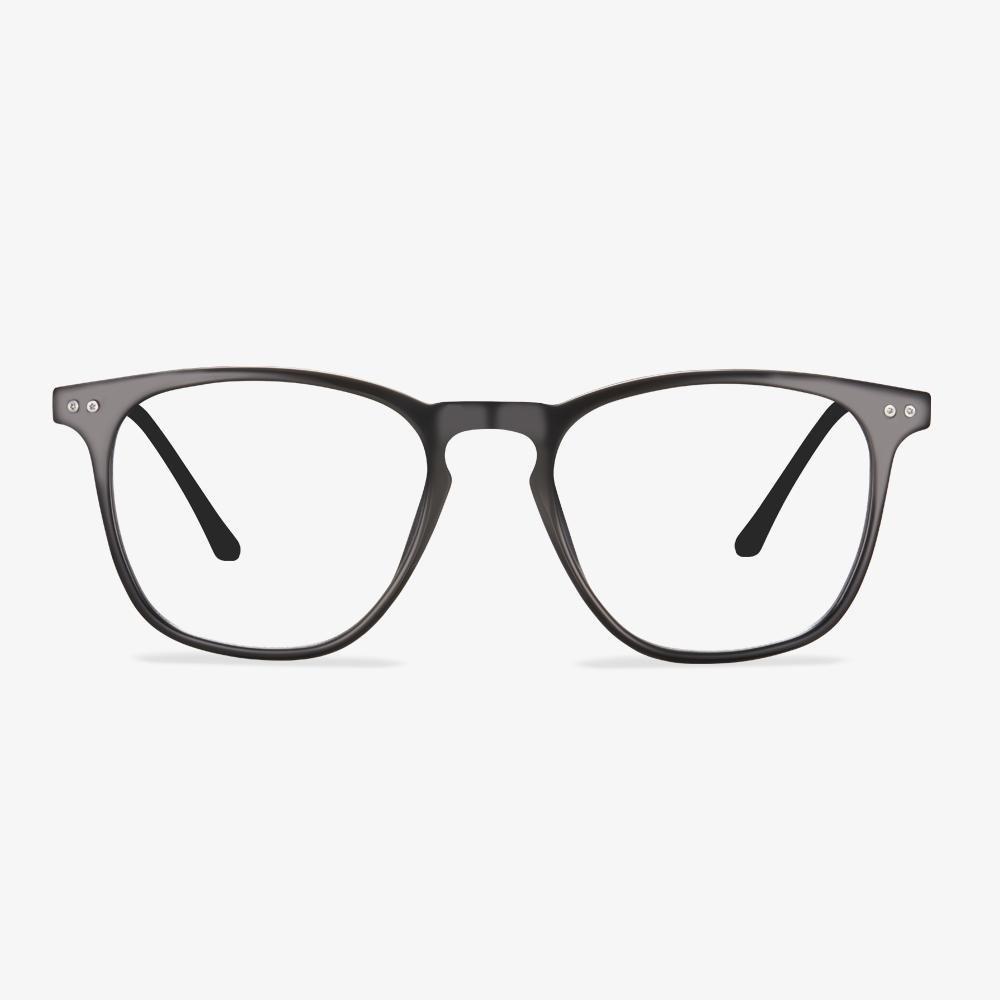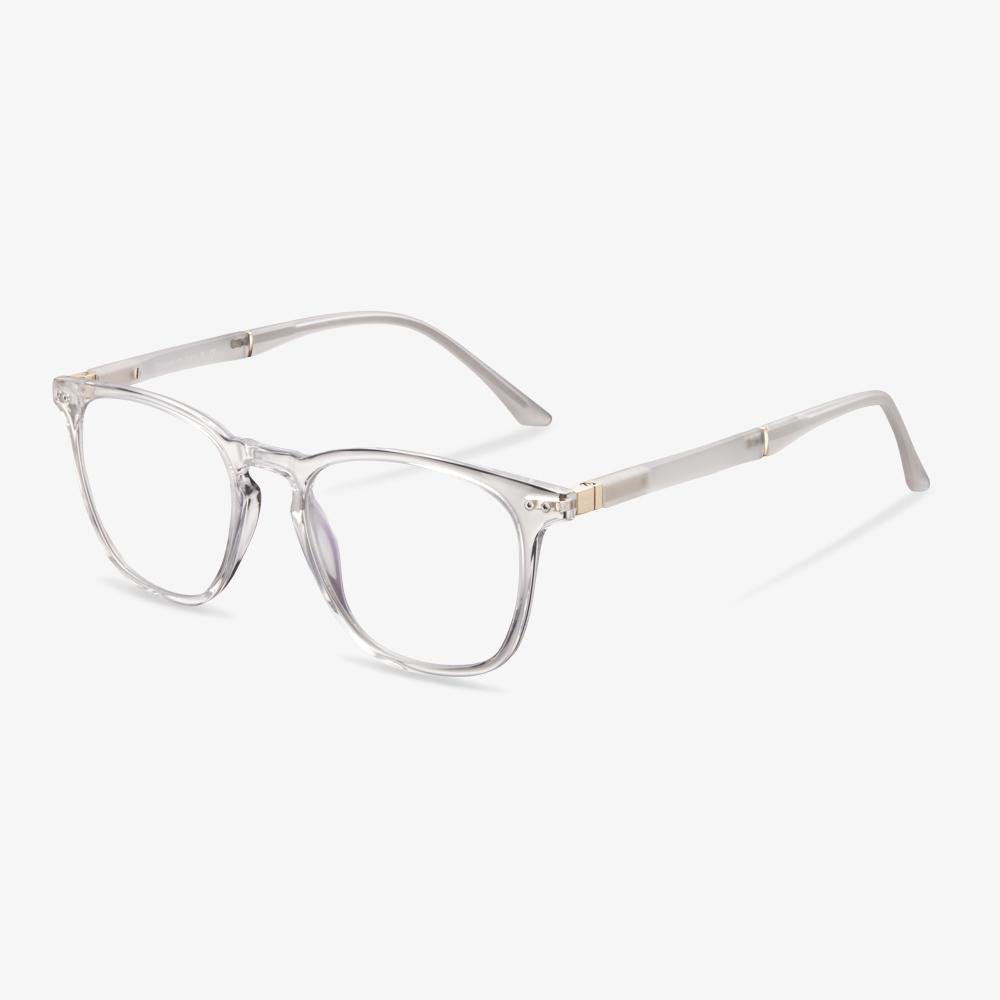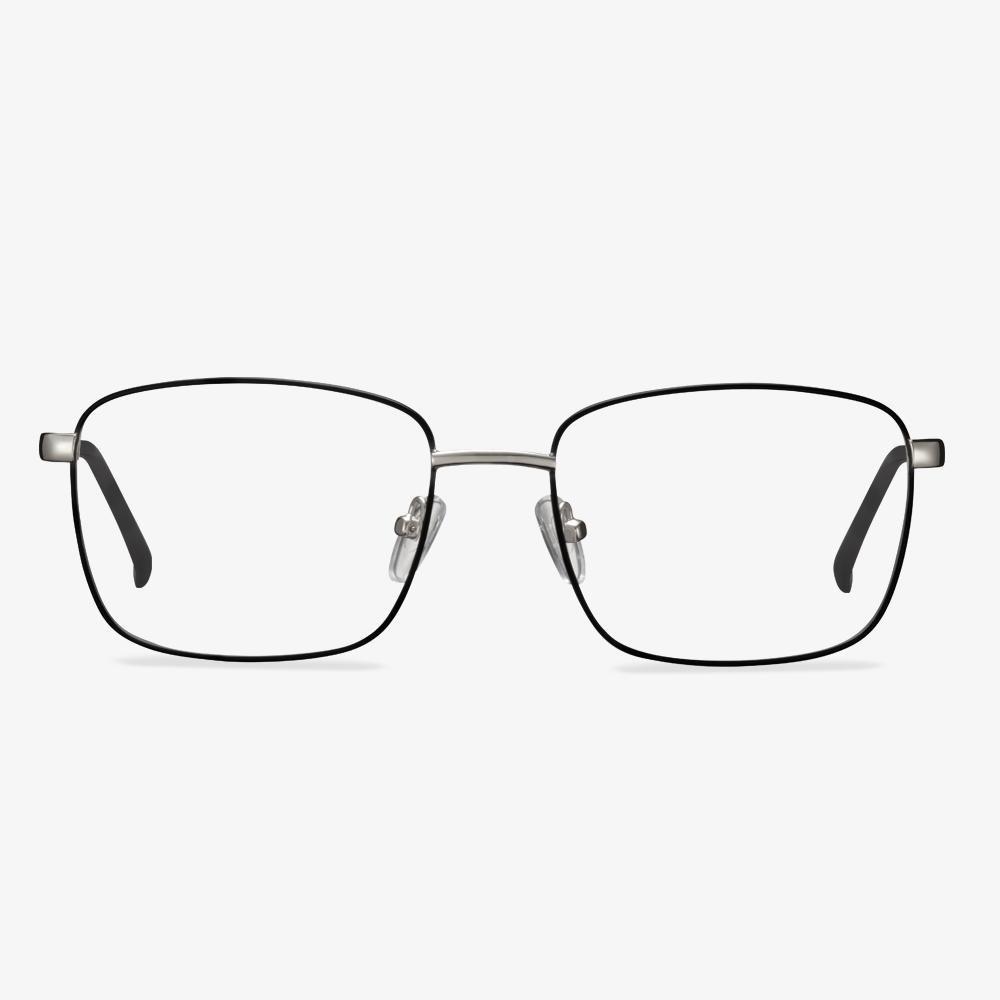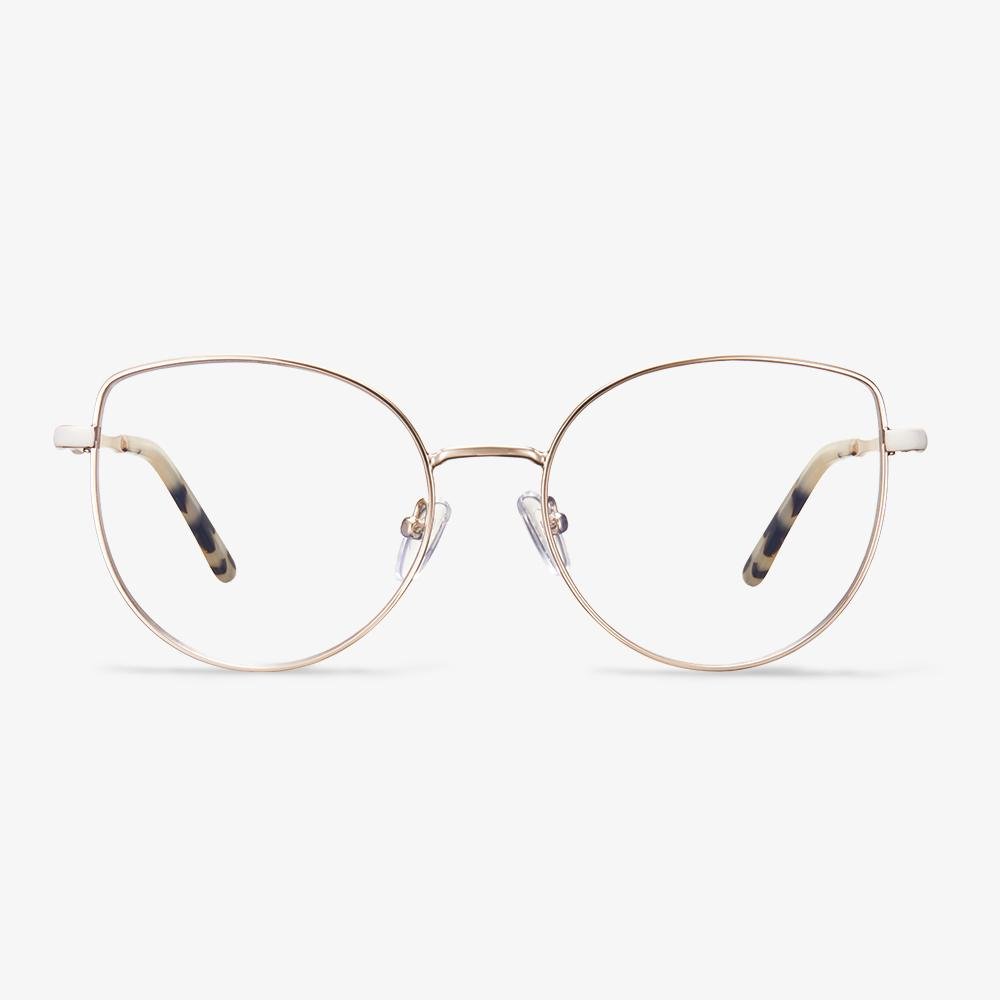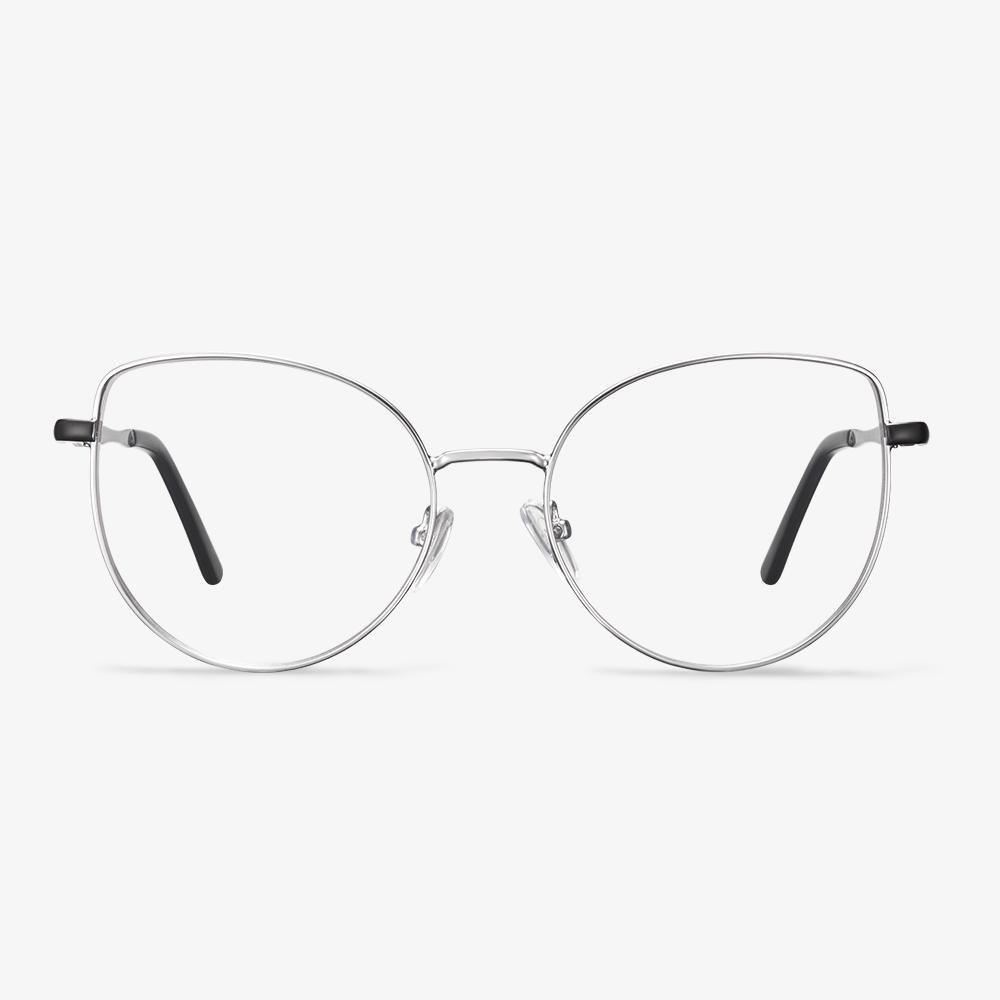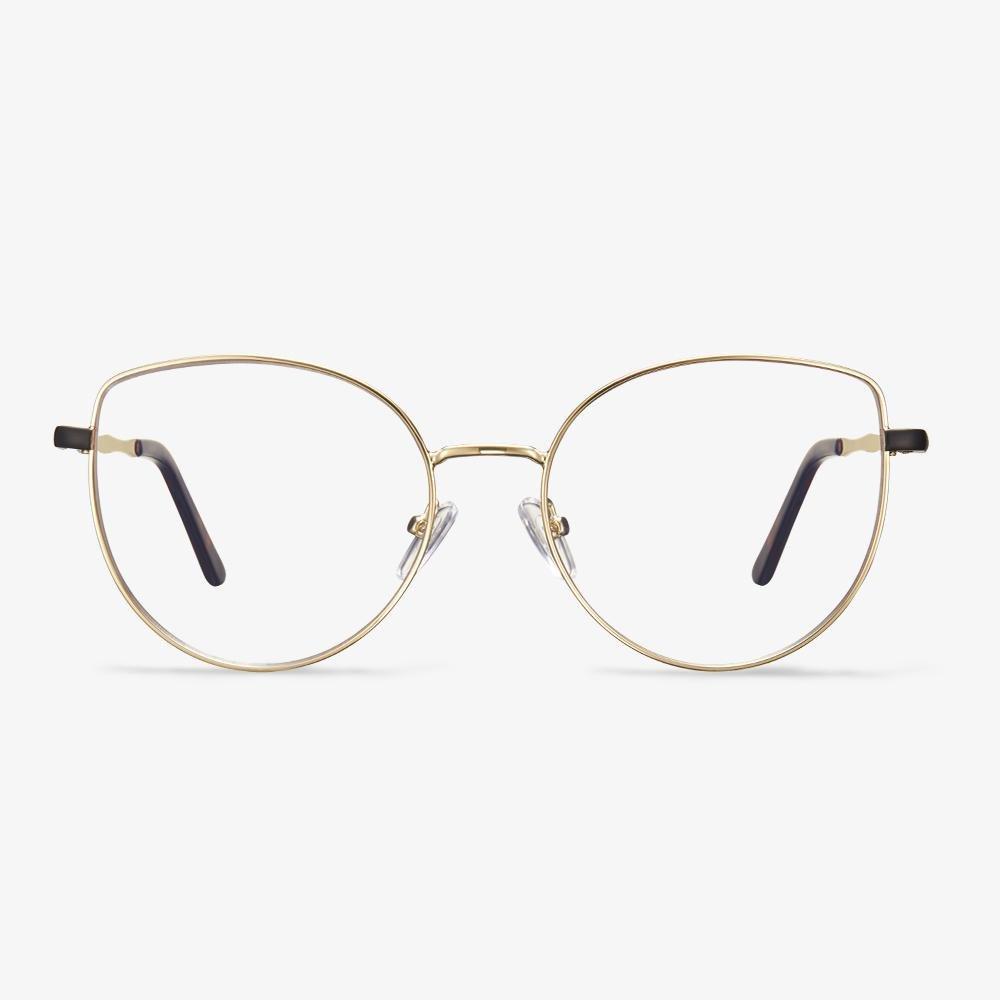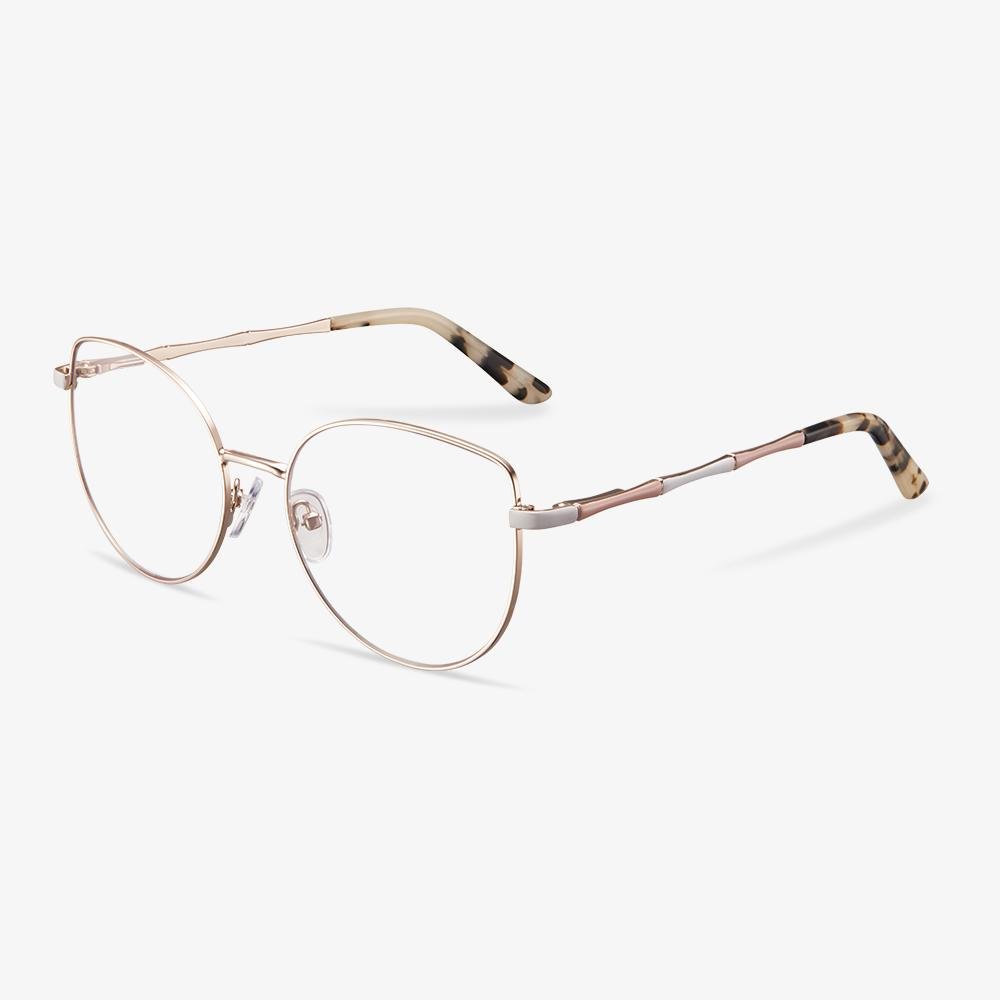Advantages of Plastic Frames
Plastic frame material is mainly various types of plastic polymer materials. With the characteristics of impact resistance, suitable for athletes to wear. The plastic used to make the frames can usually soften under the condition of the heating, and some plastic frames can be fine-tuned without heating. The plastic frames are not allergic and lightweight, making them suitable for children and people of all ages. And because the color is rich, and there are many styles. They become the choice of fashionable sunglasses. Plastic frame cost is low, and the process is simple. Because of its lightweight, plastic glasses frame is not easy to allergy. Because of its color and material characteristics, they become the fashion personage sunglasses or decoration choice.
The Benefits of Glasses Without Prescription
From the above part, you have found some basic information about glasses without prescription. In this section, we will list some benefits of plain glasses.
The non-prescription glasses are inexpensive, and they are widely available in a selection of styles and shapes. In addition, non-prescription glasses can be easily replaced as fashion changes.
Meanwhile, everything has two different sides. So, there are also some negative voices of glasses without prescription.
Early glasses
The first inventor of wearable glasses is not known. However, it was the Romans who first discovered the use of glass to enhance their ability to see small words, creating small magnifying glasses with spheres. The first known wearable glasses in history appeared in Italy in the 13th century. They were used mainly by monks, and became popular little by little during the Renaissance, as the technology improved. As their popularity grew, the Italian glasses spread throughout Europe, mostly within reach of the wealthy. Because learning was a prized attribute during the Renaissance, glasses were a status symbol of wisdom and prosperity. With the temple extending above the ear, the glasses are no longer required by hand.
Why Are My Progressive Lenses Blurry?
So, why are my progressive lenses blurry on sides? It can be caused by a lot of reasons, and we will list some of them.
The strength of progressive lenses is the factor that leads to initial peripheral blurriness. Progressive lenses tend to be blurry on the sides because each lens promotes three fields of vision. In addition, peripheral blurriness or haziness is a sensation that typically develops because more than one lens has been incorporated into one lens. The wearer also might feel as if he or she is moving from side to side.
After learning what may cause progressive lenses blurred, so how can you adapt to the progressive lenses? Therefore, in the following section, we will show you how to get used to progressive lenses.
Bifocal vs Varifocal Glasses: What Are Their Differences?
The above part has introduced some basic information about bifocal glasses and varifocal glasses. So, what are their differences?
- Bifocal glasses have two different prescriptions in one lens, while varifocal glasses have three different prescriptions in one lens.
- There is a distinct line between different prescriptions in bifocal glasses. Varifocal glasses allow getting through other prescriptions smoothly.
- Varifocals can give you a vision at any distance.
- Bifocal glasses are more cost-effective than varifocal glasses.
However, they also have some similarities. Both glasses can be used to correct presbyopia vision. So, when you choose glasses, you can decide to choose bifocal glasses or varifocal glasses based on your needs. If you want to get a pair of corrective glasses online, Koalaeye Optical is recommended. It is an online glasses store and provides all kinds of eyeglasses, sunglasses and frames. In addition, these glasses are stylish and come at a cheap price.
What is blue light?
Our daily lives are inseparable from mobile phones, computers, tablet computers, and other electronic products. Many people's eyesight is also going downhill due to long-term exposure to strong light electronic screens, and their eyes are more or less potentially adversely affected. It is found that many optical stores sell blue light filter glasses, which have the function of blocking 99.9% UV and scattered blue light, alleviating visual fatigue. They claim that these glasses can block short-wave blue light emitted by electronic products such as mobile phones and computers, and even prevent age-related macular degeneration so they are much sought after by consumers. The price of these so-called anti-blue-light glasses varies greatly, ranging from dozens of dollars to several thousand dollars. Do these blue light blocking glasses really have so many magical functions?
The natural light seen by the human eye is composed of a spectrum of different colors, including red light, orange light, yellow light, green light, blue light, indigo light, purple light, which gives people a visual feeling of white. Different wavelengths present different colors visually, and the shorter the wavelength, the higher the energy. At present, products with electronic screens such as computers and mobile phones use LEDs and other materials to emit light mainly in three colors of red, green, and blue, and blue light accounts for the main part. Blue light belongs to the range of visible light, belongs to short waves. And the wavelength is between 400 nanometers and 500 nanometers, which is close to ultraviolet and carries a large amount of energy. And this part from 400 nanometers to 450 nanometers is called high-energy short-wave blue light.
Testing of aspheric lens
The optical axis of the optical center just overlaps with the visual axis of the eye, which is the most ideal state. Because the light from the edge cannot form a focus on the optical axis, when the optical axis does not overlap with the visual axis (the difference is greater than 2mm), such unclear and scattered imaging results will occur. When choosing frames and aspheric lenses, you need to ensure that they fit correctly, to achieve the best visual and decorative effects. Simply put, due to the special design of the lens, we found through a calculation that the optical center should move down 1mm higher than the pupil for every 2° increase in front inclination angle. Otherwise, the wrong pupil height will cause the lens to look like astigmatism, and cause discomfort. For glasses with aspheric lenses, there must be an inclination angle after wearing. The specific angle varies from person to person.











